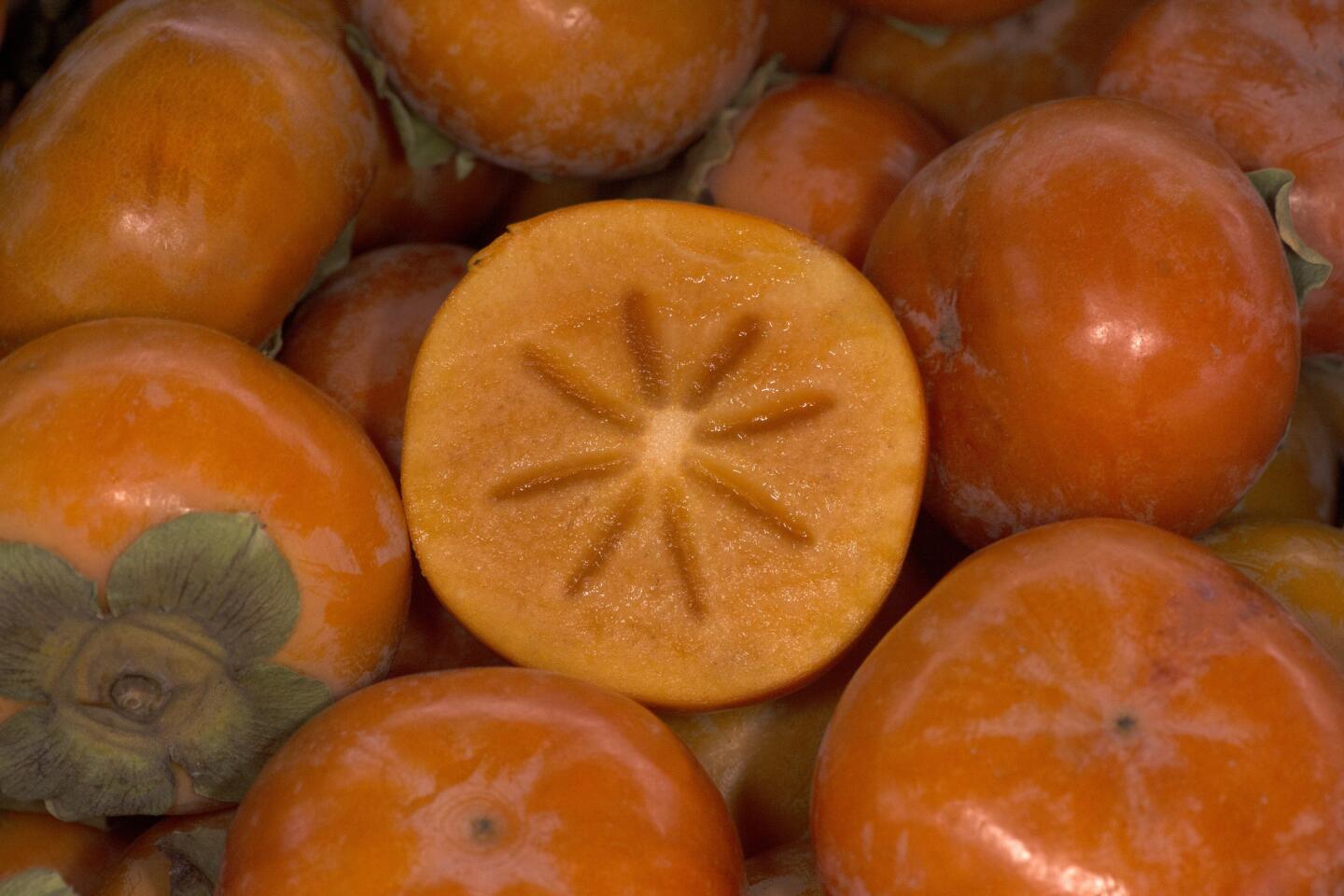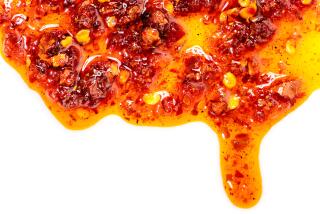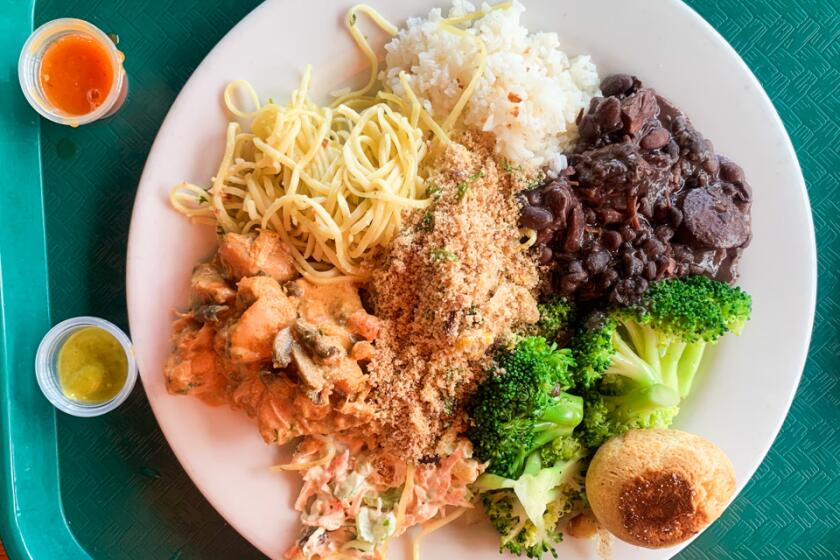The Persimmon Paradox: Two very different fruits, same sweet flavor
How confusing can one fruit be? Persimmons come in two very different packages, yet fortunately share the same sweet, honeyed flavor.
One type of persimmon, the Hachiya, is acorn-shaped and needs to be almost melting in texture before you eat it. Taste too early and you’ll come away with a mouth full of tannin. The other type, the Fuyu, is smaller and flatter, but can be eaten when it is rock-hard and still be absolutely delicious. Left at room temperature, it, too, will soften to custard.
(As my favorite persimmon farmer, Jeff Rieger from Penryn Orchards, will surely point out, even this is oversimplifying a complex family – there are several different specific varieties in each family, but for the sake of sanity, we call them by these two names.)
It’s ironic that such a sweet simple fruit can cause so much confusion. Because, really, persimmons are one of fall’s easiest treats. They’re so good eaten right out of hand that there really isn’t much use in fussing over them too much.
My favorite simple way to serve Fuyus: Cut the fruit into bite-sized pieces and toss lime juice and chopped cilantro to make a terrific quick fall salad. My favorite simple Hachiya dish: Place the fruit upside-down in a bowl and cut through the skin in quarters; spoon in a dollop of bourbon-flavored whipped cream and sprinkle with chopped toasted walnuts.
And, of course, if you’d like to get more complicated, we’ve got recipes here to help.
How to choose: Whichever type you’re choosing, look for fruit that is a deep, rich fall orange. With Hachiyas, you can buy them firm, but just be aware that you’ll have to leave them at room temperature for a few days to soften before you can use them. At least some persimmon lovers insist that Hachiyas with a black streak will be sweeter than those without. With Fuyus, you just want firm fruit without blemishes.
How to store: You really want to keep persimmons at room temperature for as long as you can. When you refrigerate them, they suffer chill damage quite quickly and will develop soft slimy spots. If you’ve got hard Hachiyas, you can hurry the softening process by keeping them in a paper bag to concentrate the ethylene gas. You can also soften Hachiyas by freezing them, but the flavor and texture are never quite the same.
Are you a food geek? Follow me on Twitter @russ_parsons1
More to Read
Eat your way across L.A.
Get our weekly Tasting Notes newsletter for reviews, news and more.
You may occasionally receive promotional content from the Los Angeles Times.














